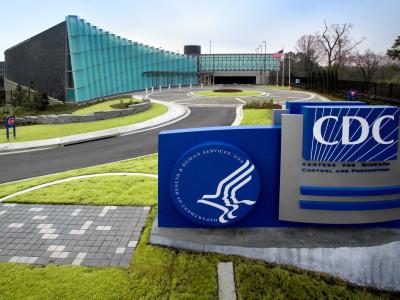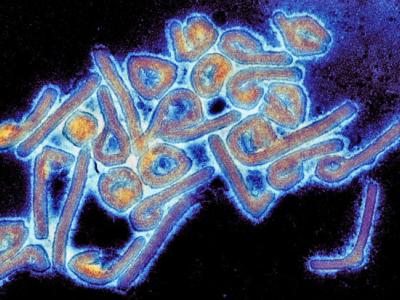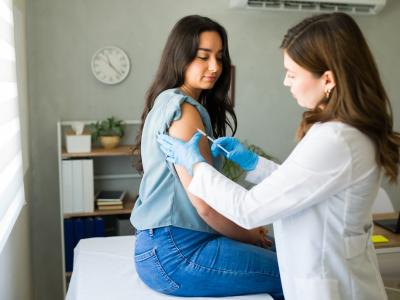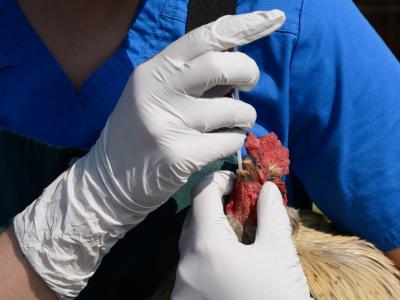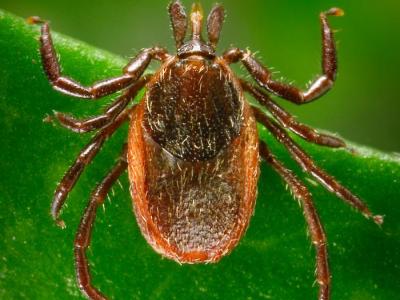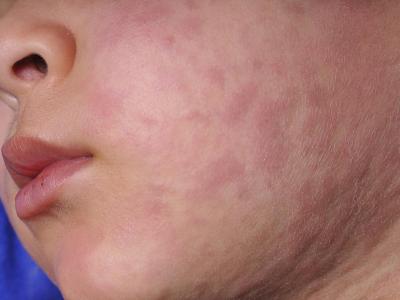COVID infection tied to much higher risk of myocarditis than vaccines are
UK researchers estimate that an additional 2, 1, and 6 cases of myocarditis occur per 1 million people in the week after one dose of the AstraZeneca/Oxford, Pfizer/BioNTech, and Moderna COVID-19 vaccines, respectively, while a positive SARS-CoV-2 test was tied to much higher odds of that and other serious heart conditions.
The data, published today in Nature Medicine, also show an extra 10 myocarditis cases per 1 million people in the 28 days after a second Moderna dose, compared with 40 in the 28 days after a positive COVID-19 test. Increased cases of pericarditis and abnormal heart rhythms were also seen among those with a COVID-19 diagnosis but not in those who received any type of COVID-19 vaccine.
Myocarditis is inflammation of the heart muscle, and pericarditis is inflammation of the sac surrounding the heart. While no cases of myocarditis and pericarditis were reported in COVID-19 vaccine clinical trials, numerous reports of suspected vaccine-related myocarditis have surfaced in the general population since then.
Led by University of Oxford researchers, the team conducted a case series of 41,644,358 English residents 16 years and older who were vaccinated against COVID-19 from Dec 1, 2020, to Aug 24, 2021. Of all participants, 49.5% had received the AstraZeneca vaccine, while 40.8% received Pfizer, 2.4% received Moderna, and 7.3% had tested positive for COVID-19.
Over the study period, either before or after vaccination, 1,615 and 1,574 patients were hospitalized or died owing to myocarditis and pericarditis, respectively (14 patients had both conditions), and 385,508 hospitalizations or deaths were attributed to cardiac arrhythmias. A subgroup analysis by age found a higher risk of vaccine-associated myocarditis only among participants younger than 40.
The authors said that their study was the first to quantify the risk of several rare cardiac adverse events linked with three COVID-19 vaccines and SARS-CoV-2 infection, showing that vaccination was associated with a small increased risk of myocarditis. "By contrast, SARS-CoV-2 infection was associated with a substantial increase in the risk of hospitalization or death from myocarditis, pericarditis and cardiac arrhythmia," they concluded.
Dec 14 Nat Med study
Study shows convalescent plasma offers no benefit to COVID-19 patients
A study yesterday in JAMA Internal Medicine finds that COVID-19 convalescent plasma (CCP) is not an effective treatment for hospitalized adults requiring noninvasive supplemental oxygen.
The results are from the randomized CONTAIN COVID-19 clinical trial, which tracked outcomes of CCP-treated patients at 21 US hospitals from Apr 17, 2020, to Mar 15, 2021.
A total of 941 participants (468 of whom were given CCP) and controls were involved in the trial. Enrollment criteria was hospitalization for 3 or less days, or presentation 7 days or less, after symptom onset and a need for noninvasive oxygen supplementation. Patients were aged 18 or older, with a median age of 63.
Treatment was one unit of CCP (approximately 250 milliliters [mL]), infused within 24 hours of randomization at a rate of 500 mL per hour or less. Clinical outcomes 14 days after the infusion were compared to outcomes in the placebo group. At day 14, 35 of 463 (7.6%) CCP recipients and 39 of 463 (8.4%) placebo recipients had died, the authors said. At day 28, 59 of 462 (12.8%) CCP recipients and 71 of 462 (15.4%) placebo recipients had died.
There was no statistically significant improvement with CCP, except when it was used in conjunction with corticosteroids. The authors note, however, "There was no evidence of CCP benefit when [the antiviral drug] remdesivir and corticosteroids were both in use, and those who received both may have done worse. Our trial cannot establish the effect of these medications on CCP efficacy."
They conclude, "Further investigation is needed to understand the effects of corticosteroids and remdesivir on CCP efficacy and establish thresholds for antibody quantity and function that are most likely to confer a benefit."
Dec 13 JAMA Intern Med study
UAE reports MERS infection in camel farmer
The United Arab Emirates (UAE) reported a MERS-CoV case to the World Health Organization (WHO) in November, which involved a 60-year-old man from Abu Dhabi region who owns a camel farm.
In a notification yesterday, the WHO said the man's symptoms began on Nov 3, and he was admitted to the hospital 3 days later, where nasopharyngeal swab testing revealed MERS-CoV (Middle East respiratory syndrome coronavirus). Tests were negative for SARS-CoV-2.
The man has underlying health conditions. The investigation revealed that he had a history of close contact with camels at his farm in the 2 weeks before he got sick. He has recovered and was discharged from the hospital.
The UAE has now reported 93 MERS-CoV cases. The country reported its last case in March, which also involved a camel farm owner.
Globally, since the first human cases were detected in 2012, 2,583 cases have been reported to the WHO, at least 888 of them fatal. The vast majority of infections have been reported in Saudi Arabia, the WHO said.
Dec 13 WHO statement
Mar 18 CIDRAP News scan
Nebraska confirms first locally acquired cases of Lyme disease
Nebraska health officials yesterday reported the state's first two locally acquired Lyme disease infections and the first detection of Borellia burgdorferi, the bacterium that causes the disease, in Nebraska's black-legged tick populations.
In a joint statement with other health departments, the Nebraska Department of Health and Human Services (NDHHS) said the two patients were likely exposed around the same time at nearby sites in Thurston County in northeastern Nebraska.
Investigators from state and local health departments collected black-legged (deer) ticks from likely exposure sites for testing at Creighton University and the Centers for Disease Prevention and Control, which were positive for B burgdorferi, marking the first detection in the species in the state and providing evidence that the two infections were locally acquired.
Thurston County is the fourth Nebraska county to have established black-legged tick populations.
Dec 13 NDHHS statement
